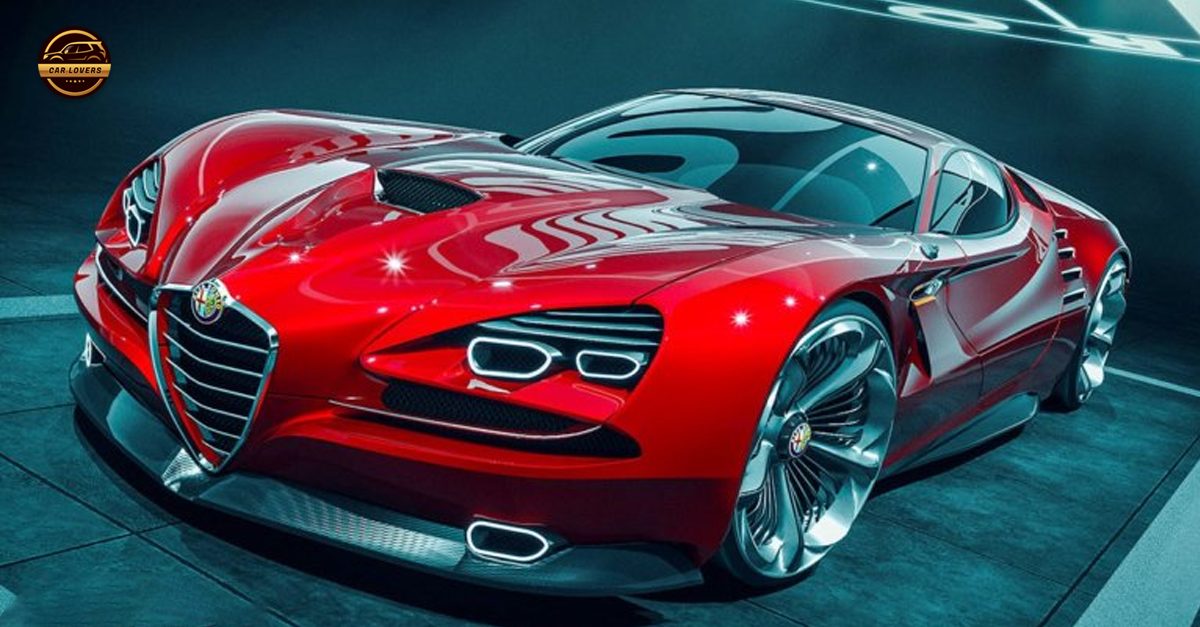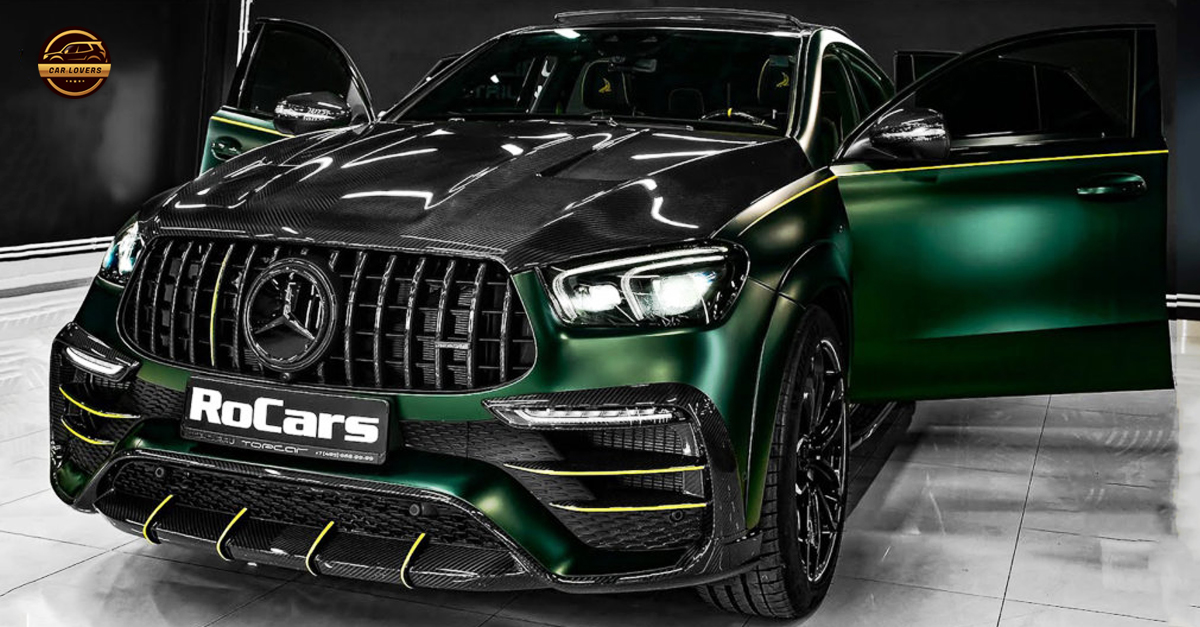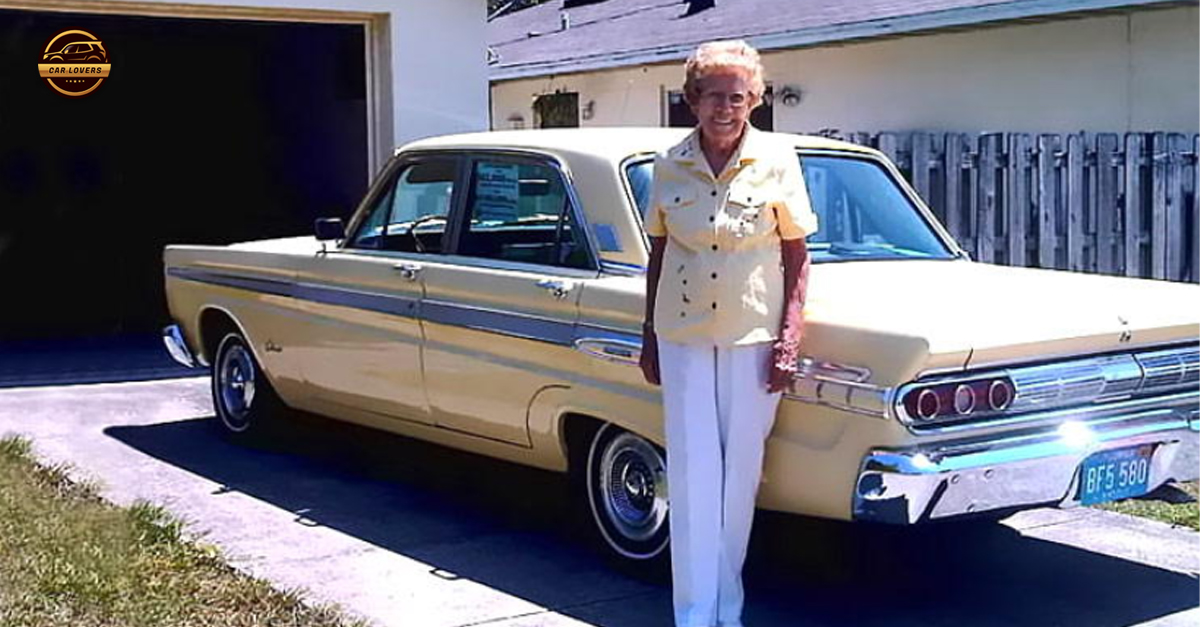
Nash was the pioneer of small cars in the postwar American market. Here’s the tale behind the Rambler, the little car that could.
As World War II drew to a close, many economic observers were expecting a postwar America much like the prewar years, with slow growth and thin employment—and with a massive war debt to boot. The Motor City’s automakers, Ford and General Motors included, went to work developing small, low-priced cars suited for the anticipated conditions, but these designs barely got off the drawing board when the U.S. economy took off like a rocket. The automakers could sell all the full-size cars they could make, as things turned out, and the the big shift to smaller cars never materialized.
But Nash-Kelvinator and its CEO George Mason continued to press the case for rationally sized cars, and in 1950 the company launched the Rambler, America’s first postwar compact. The Rambler led the first wave of postwar American small cars that included the Henry J, Aero Willys, and Hudson Jet, and it laid down the baseline for Detroit’s compact car movement of 1960.

Introduced to the public on April 10, 1950, the Rambler was initially offered in a single body style, a distinctive Euro-style convertible with fixed door frames and a roll-down fabric top that Nash called a Landau. Mason carefully positioned the Rambler as a small car but not a cheap one, locking in a generous list of standard equipment including radio, heater, full wheel covers, and whitewall tires. At $1,808, the Rambler was the lowest-priced convertible in America, but it was still priced above the stripped-down base sedans from Ford, Chevy, and Plymouth. The Rambler’s sales pitch was not based on price.
Two months later in June of 1950, a handsome two-door wagon was added to the lineup, and for the 1951 model year a two-door Country Club hardtop was rolled out as well. Eventually, there would be four-door sedans and wagons, too. All models featured premium upholstery materials and the full complement of standard equipment, as Nash labored to avoid the dreaded cheap-car image that, in Mason’s view, traditionally stunted the sales potential of small cars among America’s consumers.

The Rambler was built on a downsized version of Nash’s advanced unit-construction platform with Airflex coil-spring front suspension and a 100-inch wheelbase. Nash boasted that the short, stiff structure was twice as rigid as conventional ladder-frame construction. The powerplant, a 173 CID L-head six borrowed from the 600/Statesman series, offered a rated 82 horsepower, and with a curb weight of around 2,500 lbs, the power-to-weight ratio was roughly similar to that of a prewar Ford V8. Performance was respectably peppy, while fuel economy touched the 30 mpg range.

The Rambler’s cabin was simple but well dressed, with big-car interior appointments and a single-dial gauge module that mirrored the Uniscope instrument pod found in the Statesman and Ambassador models. (Photo above courtesy of the Henry Ford Museum.) Unlike previous small cars like the Crosley and American Bantam, and Nash’s own British-built Metropolitan subcompact, the Rambler offered comfortable seating for five. In its essential dimensions and packaging, the small Nash accurately foreshadowed the Motor City compact craze of 1960, sharing its footprint with Falcon, Valiant, et al.
The original Rambler package was continued through 1955, when the body shell was treated to a styling update, with conventional open front wheel arches replacing the odd Airflyte-era skirted front fenders (below). When Nash and Hudson were merged in May of 1954 to create American Motors, the Rambler was sold with both Nash and Hudson badges for a time. The platform (but not the Rambler name) was then discontinued for two years, but in 1958, George Romney—Mason’s successor as American Motors chairman and CEO—hauled the tooling out of mothballs and put the model back in production. The Rambler American, as it was now known, remained an essential part of the AMC lineup through 1969.






